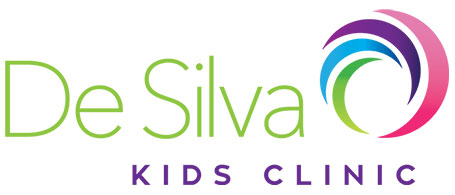Fussy eating is common in children, particularly between the ages of 18 months and five years. Fussy eating can vary from the child who has a few specific likes and dislikes to the one who will only eat a limited range of familiar foods and refuses to try anything new.
It is important to remember that a healthy child with not starve themselves. Most fussy eaters manage to get enough nutrients to remain strong and develop normally until they grow out of it. Healthy children eat when they are hungry, and usually not before.
Tips to encouraging healthy eating:
- Keep meal and snack times regular – Smaller meals and snacks are easier for children to manage than three big meals.
- Choose healthy snacks. Offer fruit, milk, yoghurt, sandwiches, cracker biscuits and cereals.
- Avoid letting children fill up on drinks which may dull their appetite. Water is the way to go!! Limit cordials and soft drinks.
- Providing a variety of food from within the 5 main food groups will provide children with all necessary nutrients. If they don’t like pumpkin, try carrots. If they don’t like milk, try yoghurt or cheese.
Strategies for managing food aversions or fussy eating:
- Introduce new foods in a fun way to build up taste and textural tolerance.
- Disguise food- Try shaping foods into something your child loves
- Prepare food together – make it fun!!
- Trial and Error – It can take ten or more tastes of a new food before a child will learn to accept a new flavour, so don’t give up if something is refused after one taste.
- Try preparing foods with textures your child likes. If they don’t like chewing meat, try softer meats e.g mince, or meat substitutes i.e baked beans.
- Offer a choice between two foods – This gives your child a sense of self control
- Let your child choose some food at the supermarket
- Praise your child when they try a new food!
Strategies to avoid:
- Forcing your child eat a new food by using negative language or punishing your child will create negative associations with eating the food.
- Ignoring the fussy eating i.e making separate meals for your child.
Written by Carmel Walsh – Speech Pathologist for De Silva Kids Clinic









